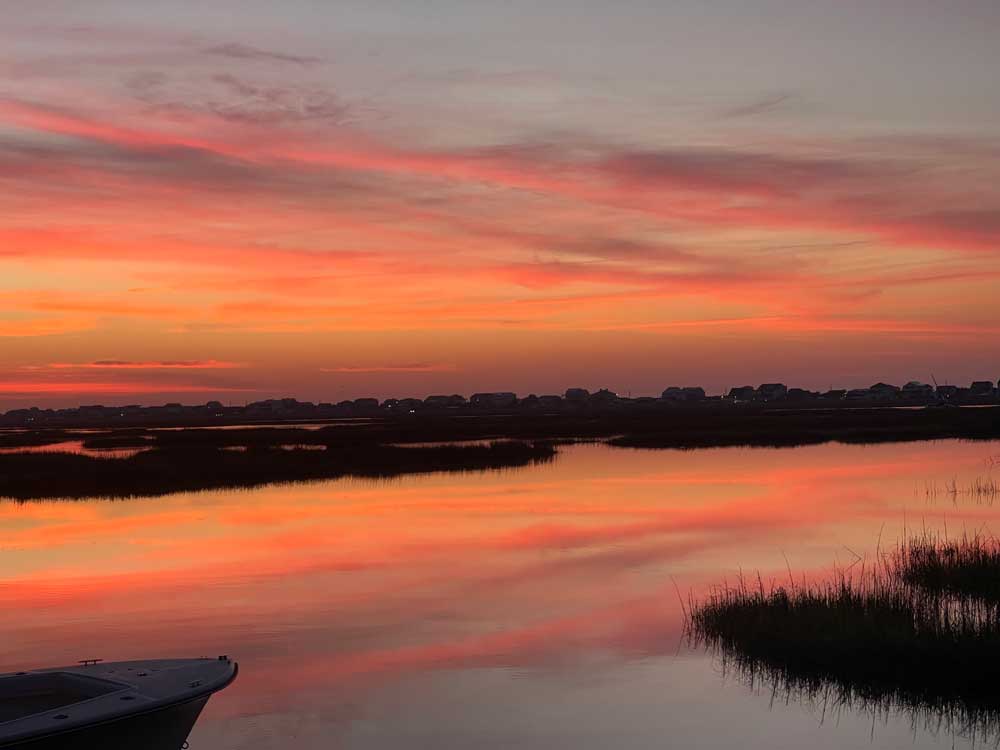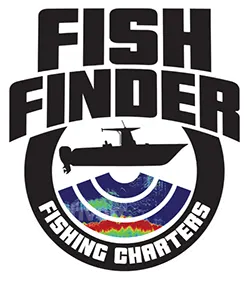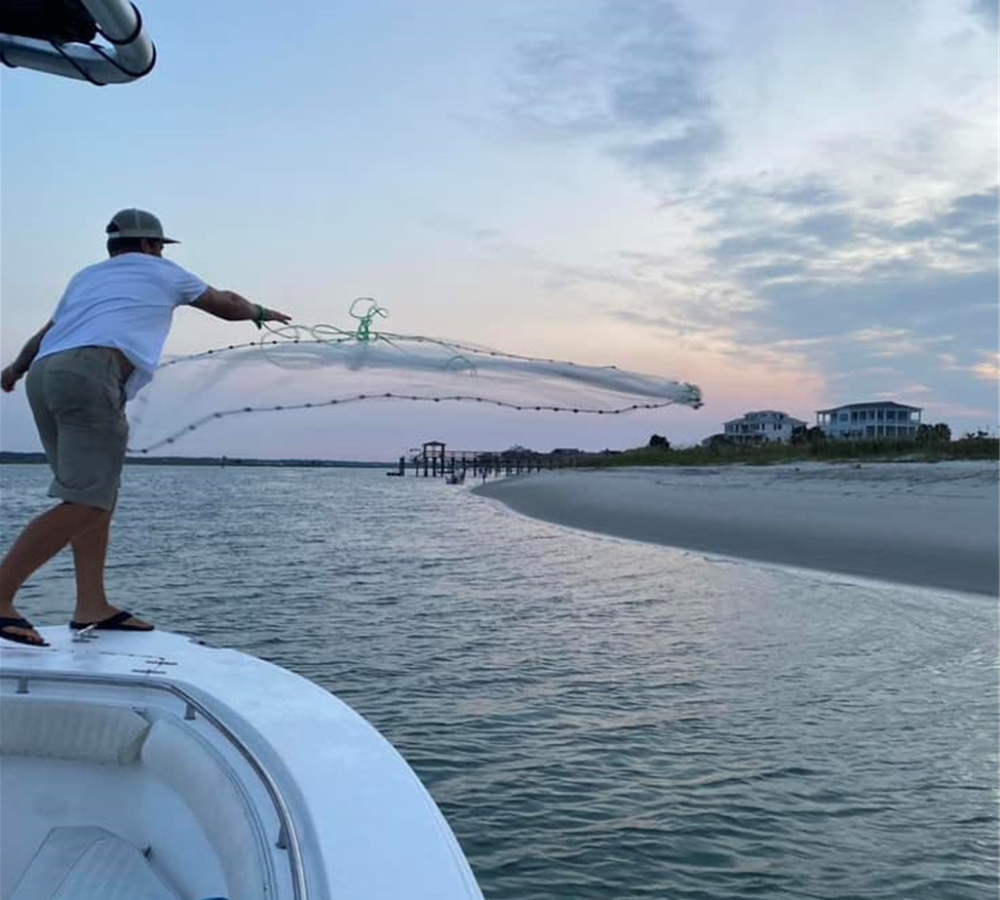On our charter boats in Murrells Inlet, SC, we often hear new anglers and visitors ask a simple question: “What is the tide?” This question helps us understand the flow of the seas and the pulse of our coastal waters.
As a charter fishing business deeply rooted in Murrells Inlet’s traditions and daily life, we’re here to demystify the tides and reveal why they are crucial for fishing, navigation, and our region’s rich biodiversity.

The Basics of Tides
The tide is the movement of sea levels up and down caused by the rotation of the moon, sun, and Earth. While this definition sounds straightforward, the manifestation of tides is a complex interplay of celestial mechanics, oceanography, and coastal geography.
The Forces Behind the Tides
Gravitational Pull: The moon plays the lead role in this cosmic dance. The moon’s gravity pulls on the water, causing it to bulge and create a high tide on Earth’s surface. On the opposite side of the Earth, another high tide occurs because of the centrifugal force of the Earth’s rotation.
The Sun’s Role: The sun also exerts a gravitational pull on the Earth’s waters, though not as strong as the moon’s. The sun, moon and Earth align during full and new moons. This causes spring tides, which have higher high tides and lower low tides, due to the combined gravity of the sun and moon.
Earth’s Rotation: As the Earth rotates on its axis, different areas of the planet pass through the bulges of high tide, leading to the regular rise and fall of sea levels at any given point on the coast.
The Tidal Patterns
Semidiurnal Tides: Places like Murrells Inlet experience semidiurnal tides, meaning we witness two high tides and two low tides roughly every 24 hours and 50 minutes. This pattern offers predictability, a valuable feature for planning fishing trips and ensuring safe navigation.
Diurnal Tides: Some parts of the world experience daily tides, with only one high and one low tide daily.
Mixed Tides: In some coastal areas, the difference between successive high and low tides can vary significantly, leading to mixed tides.
Tides and Fishing: The Link
For fishing charter businesses, knowing about tides is not just for academics; it’s crucial for success. The movement of tides influences the behavior of fish, their feeding patterns, and their location:
High Tide: Fish tend to move closer to the shore with the incoming tide, accessing food sources in submerged rocks, vegetation, and shallow waters. This time is often prime for fishing, as more fish are within reach and are actively feeding.
Low Tide: Some animals can find food in shallow areas when the water goes out. Fishermen can also catch fish in deeper spots that fish use as pathways during low tide.
Tidal Currents: Water flow as the tide comes in or goes out can bring nutrients and baitfish, attracting predators. Understanding these currents can help anglers position themselves for the best catch.
At Fish Finder Fishing Charters of Murrells Inlet, we respect the tides; we celebrate them.
The tides go in and out daily, affecting our lives, wildlife, and fishing trips. When you look at the ocean, remember that the tide is more than just water moving up and down. It is a vital part of our planet, influenced by celestial forces, and essential for coastal ecosystems.
Contact us today to find out more about our charters.




